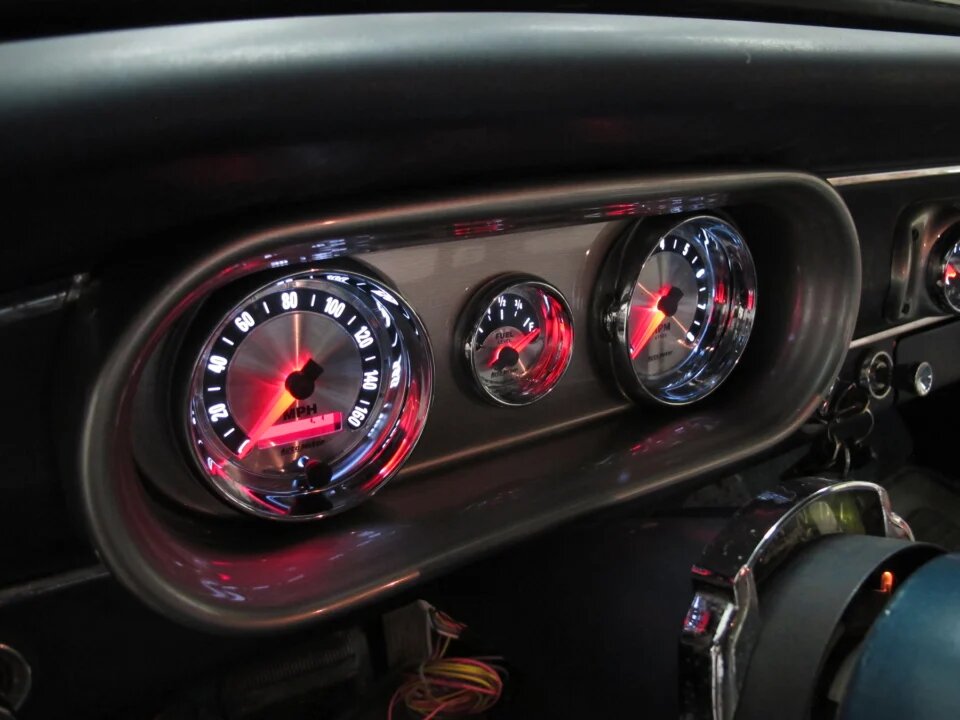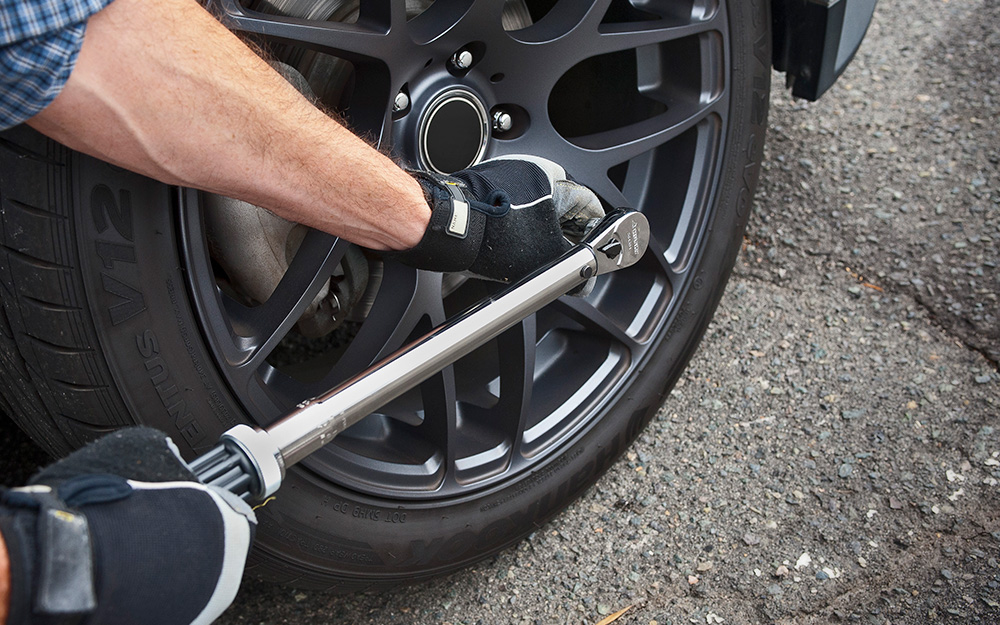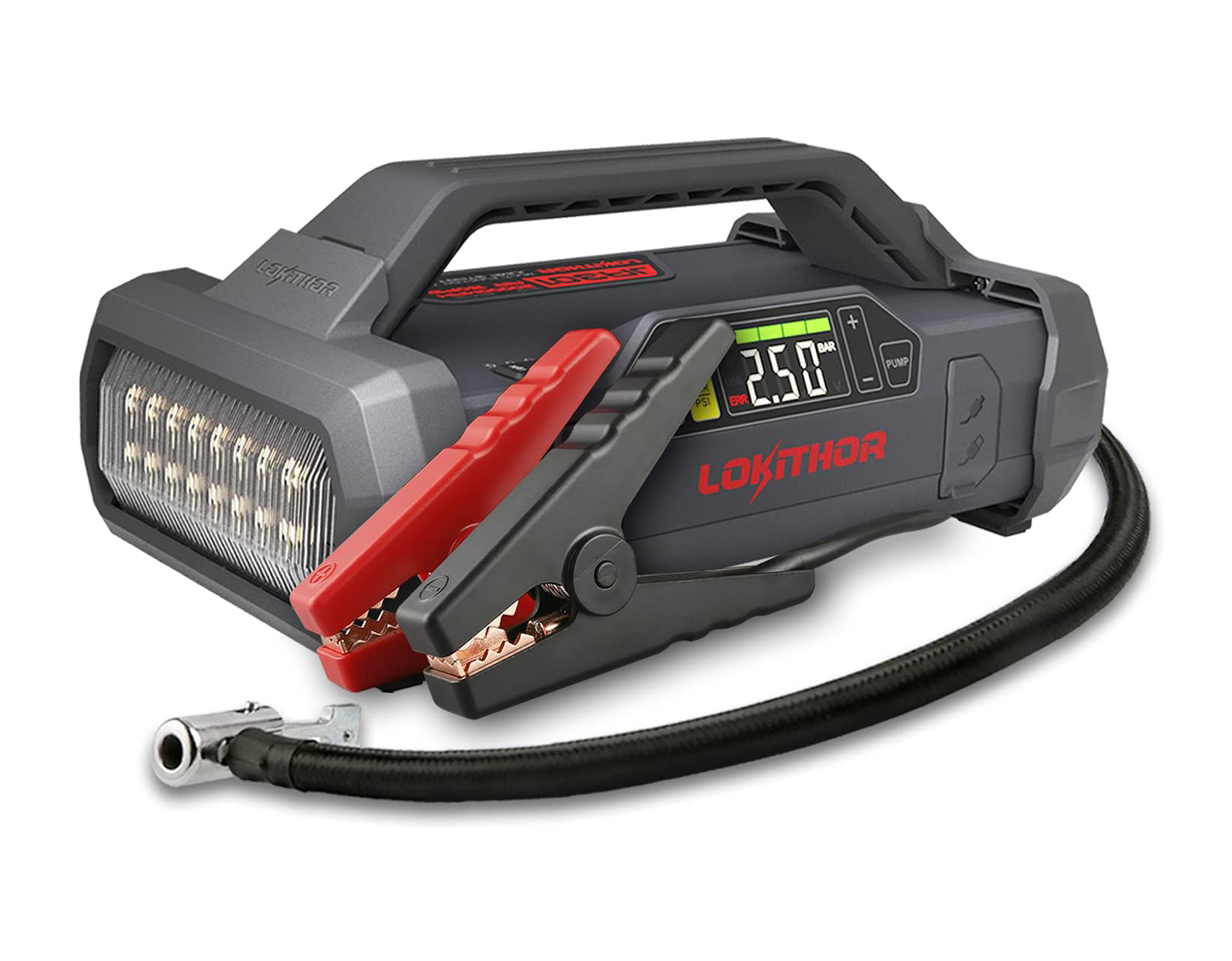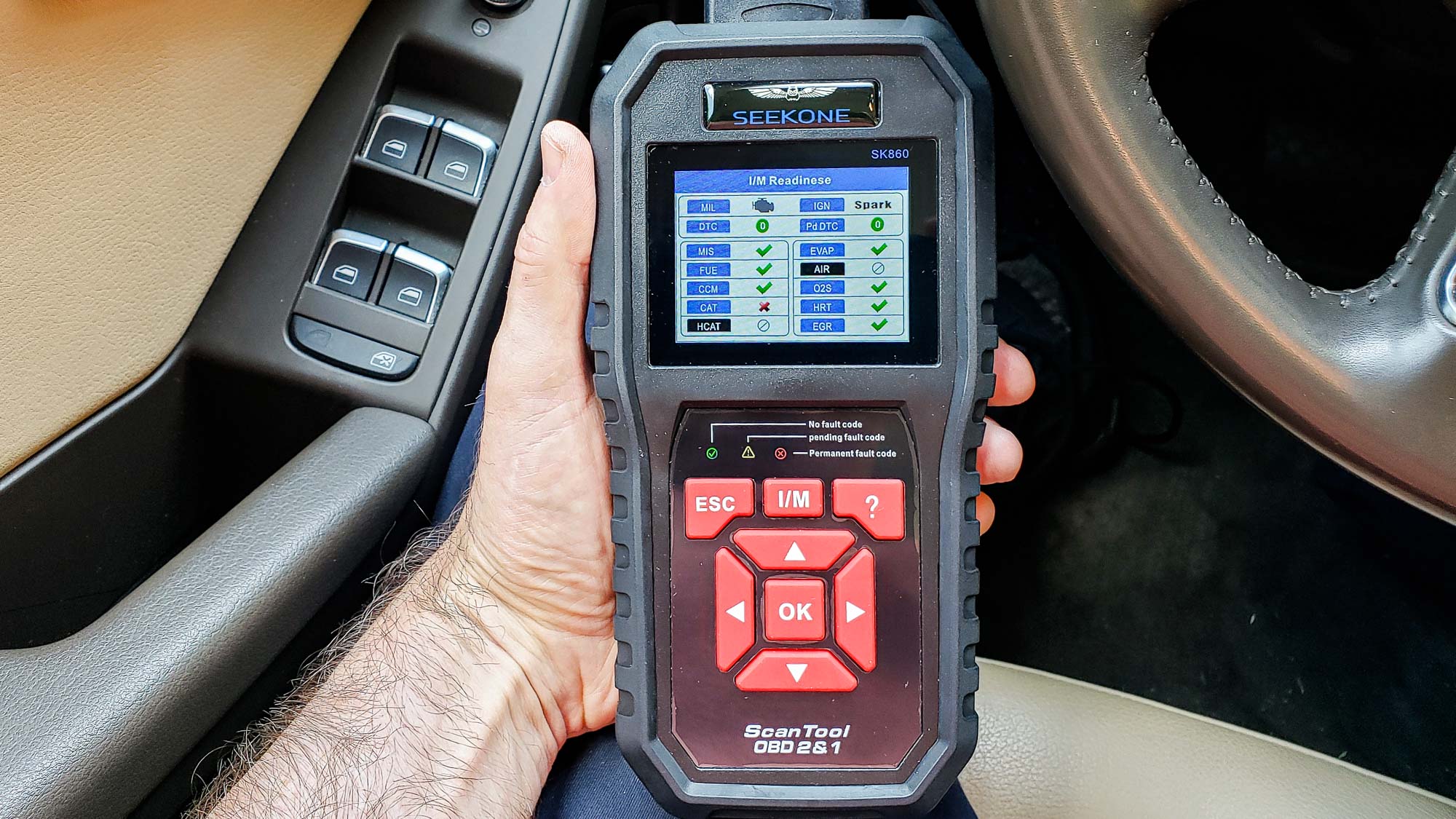The most convenient way to monitor a vehicle’s performance is to use a gauge. Most old cars don’t have many gauges and usually don’t display precise data. Some vehicle owners tend to install aftermarket gauges for a more convenient way of monitoring vitals. Aftermarket gauges are also a very popular customization for diesel, off-road trucks, and sports vehicles. But in reality, aftermarket gauges are recommended for almost any vehicle. Their main and only purpose is to provide a driver with precise and helpful information about the engine’s work.
Must-Have Aftermarket Gauges for Any Car
Air with Fuel ratio gauge
Monitoring the air and gasoline ratio is important to identify possible breakages in the engine or even prevent them. Modern vehicles only have a warning icon installed on the dashboard that is responsible for notifying a driver about such troubles. It is not enough, and what’s worse, sometimes the icon doesn’t even turn on until it’s too late. This is probably one of the most important aftermarket gauges.
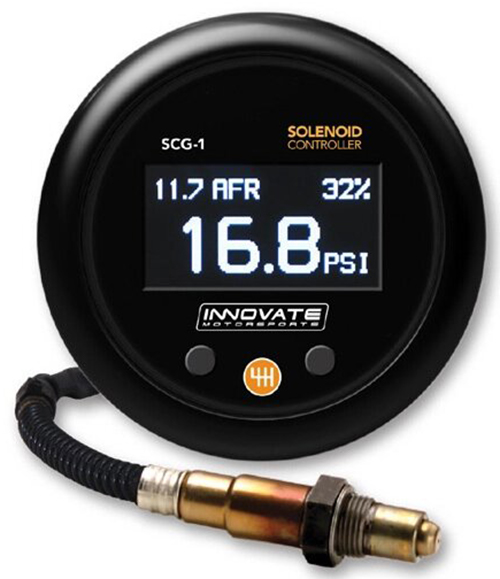
Oil pressure gauge
Monitoring the oil pressure is important to ensure the correct work of the engine. Driving a vehicle with low oil pressure even for a short period of time can cause serious breakages in the engine. Most modern vehicles show notifications of oil problems with a warning icon on the dashboard. But checking the pressure via the gauge will provide you with more precise information. Aftermarket oil pressure gauges are recommended, no matter what purprose your vehicle has.
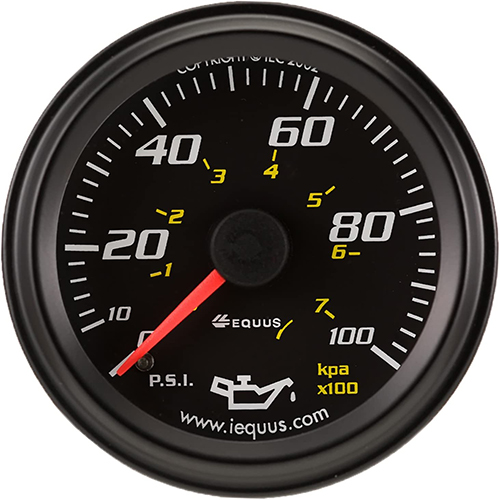
Temperature gauge
Most modern vehicles have either approximate temperature gauges or warning lights, which don’t provide the driver with accurate measurements. Stock temperature gauges tend to be inaccurate and their response time to the temperature change is slow. Aftermarket temperature gauges provide the driver with better performance and keep them notified about the slightest temperature change.
Driving with an overheated engine can cause serious breakages and even permanent damage to some parts, so an aftermarket gauge is a good decision to avoid unexpected temperature problems.
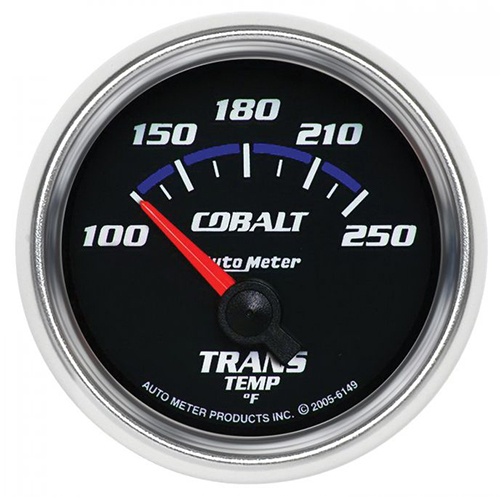
Why are Aftermarket Gauges Recommended for Vintage Vehicles?
No matter what are the vehicle’s manufacturer and model, it will have a few stock monitoring gauges. Specifically speedometer, odometer, and fuel gauge.
Sometimes there are also temperature and oil gauges that allow a driver to monitor a vehicle’s vitals. However, older vehicles lacked these important gauges and only had warning lights that were blinking if something was wrong in the system.
Specifically, vehicles that were manufactured between the sixties and eighties were limited in the information provided on the dashboard for the driver. This disadvantage is what owners of older cars have to fix by installing aftermarket gauges.
OEM monitoring gauges don’t have the proper precision, especially when it comes to temperatures. Particularly when the vehicle is customized and modified, it requires aftermarket gauges for better performance and precision.
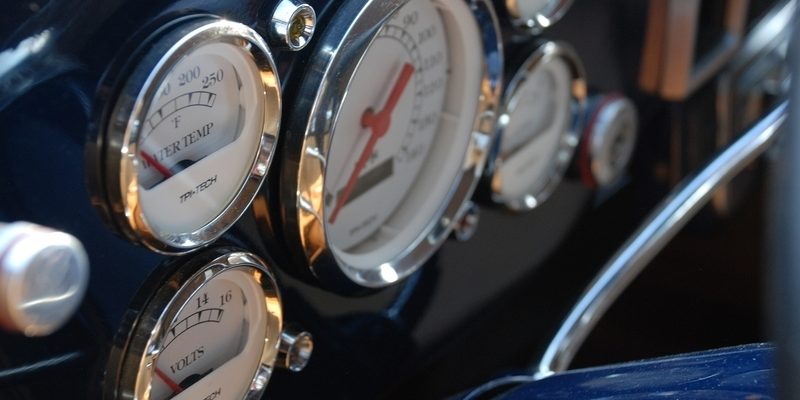
What Gauges are a Good Enhancement for Vintage Vehicles?
As we mentioned previously, older vehicles only used warning lights to notify the problems with oil pressure or problematic changes in temperature. This resulted in the demand for a triple set of gauges among the vehicle owners. This set helps drivers to check measurements on three gauges showing different vehicle systems. Oil pressure is the most important, ammeter or voltage gauge that helped monitor the battery’s health, and temperature gauge.
To this day, these additional gauges are in the demand both for vintage and modern vehicles, because they give clearer information about the engine’s operation.
What Gauges are Popular on Modern Vehicles?
Boost gauge is a popular choice for vehicles with turbochargers installed in the system. Boost gauges are useful both for gasoline and diesel vehicles with turbochargers. Surprisingly, a lot of cars with turbochargers used boost gauges in the 80s, but somehow they get disregarded nowadays. We say it is important to have a gauge installed with turbochargers to have complete control over the boost process.
An exhaust temperature gauge is another important modification for diesel trucks that have a turbocharger installed in the system. If the diesel truck tows a significant load and gets turbocharged at the same time, temperatures can get to extreme levels. This can lead to serious breakages and failures. The extreme and dangerous temperature is considered somewhere around 1200 degrees Fahrenheit. And this temperature can be unknowingly reached and even exceeded in some situations. The exhaust temperature gauge is crucial to control the temperature levels and stop when the situation gets risky.
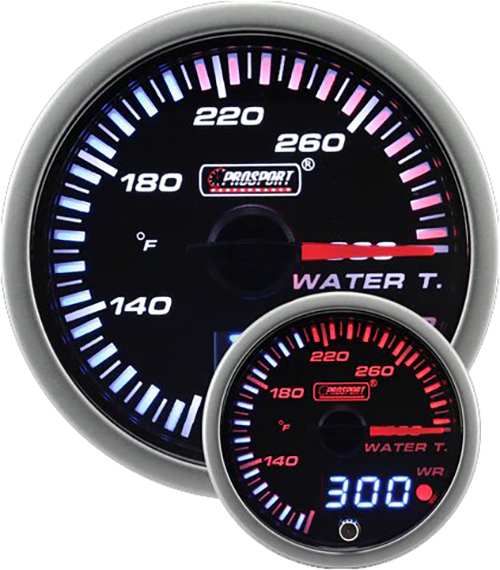
Air and fuel mix gauge is a must-have for gasoline vehicles. Proper functioning of the engine is possible with the correct mix of fuel and oxygen. Monitoring this mix with an aftermarket gauge is not only important in customized vehicles but also in common everyday cars.
For owners of customized vehicles that installed turbochargers, it is important to monitor the proper mix between fuel and oxygen to not exceed the allowed fuel boost. Knowing the mix level is important to keep the engine safe from blowing up or to prevent other breakages.
For people who own everyday vehicles, having the fuel and air gauge installed would help with monitoring the engine’s health. Incorrect mix coming to the system can be an indication of some malfunctioning or breakage that should be checked and fixed immediately. So having this gauge is useful to learn in time that something is wrong with the engine and prevent more breakages from happening.
The Difference Between an Electrical and Mechanical Gauges
While mechanical gauges have been used in many areas for a century now, electrical ones are a fairly new and modern way to monitor a vehicle’s vitals. Many believe that mechanical gauges are more reliable and accurate. This is not actually true. Any type of gauge will have a great performance and accuracy if it was manufactured by a good and reliable company that doesn’t make cheap products.
Mechanical gauges perform required measurements by connecting directly to the system it will measure. For example, an oil pressure gauge will be connected to the oil line, or the temperature gauge will be bolted to the engine’s coolant passage.
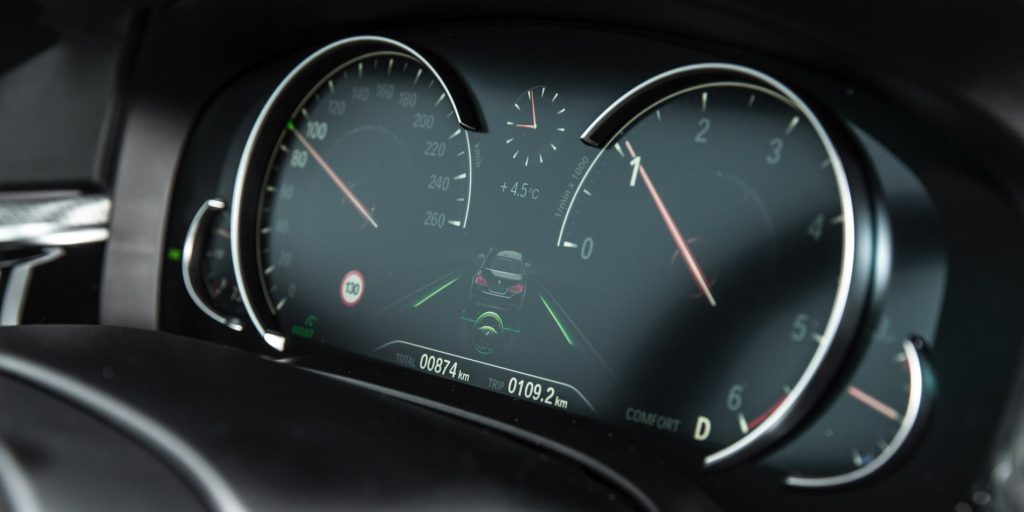
Electrical gauges have another measurement system, where special sensors would be connected to the abovementioned engine systems that require measurements. The sensor gathers the measurement and sends it to the gauge through an electrical wire. The gauge then shows the measurement on the display. Although it sounds more complicated than what was explained about mechanical gauges, they still function roughly the same way.
Something to keep in mind is that both mechanical and electrical gauges will require electrical wiring. This is due to the lighting of the gauge required to read the measurements at night.
The mechanical gauge will have fewer wires to install, but more piping or tubing will have to go through the engine’s firewall and dash. Although it seems like more work, mechanical gauges tend to be cheaper than electrical. This is because a sensor, an important part of the electrical gauge, has to be included in the set.
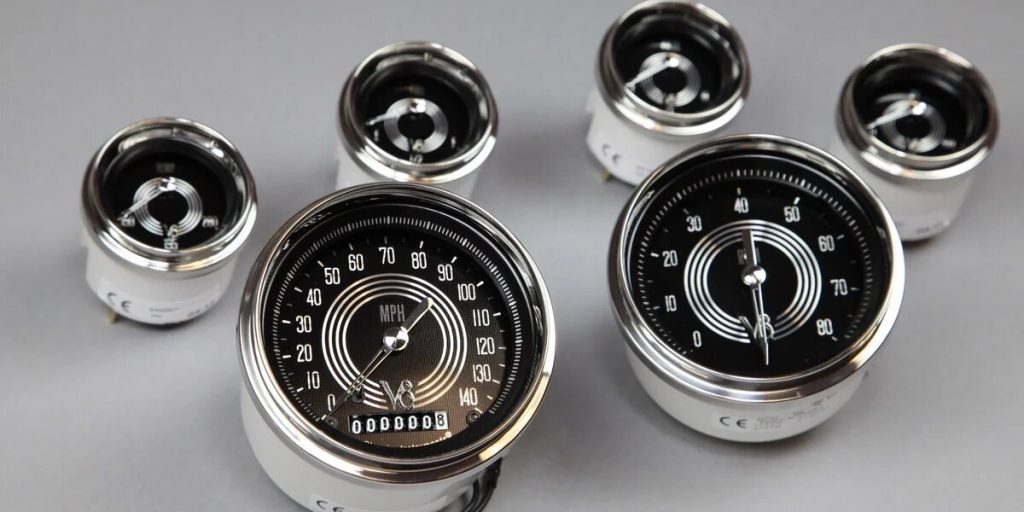
What Should I Know Before Purchasing a Gauge for a Vintage Vehicle?
When it comes to older vehicles, you should check if the gauge you want to purchase will be compatible. The most important thing to check is the availability and the size of an engine’s port that would be used to connect an electrical sensor or mechanical tap. Ports can be of different sizes or will be absent at all. Sensors or taps can be of different sizes too.
Always check it before purchasing a gauge, or go to a car service if you are not sure how to do it.
What to Keep in Mind When Purchasing Aftermarket Gauges?
The size
Any aftermarket gauge has to be comfortable for your eyes and big enough to be comprehensible at high speed. The dial has to be big enough and numbers have to be well visible both day and night.
Convenient installation
Electrical gauges are much easier to install than mechanical ones. Tubes in mechanical gauges have to be kept as short as possible. So it can be pretty challenging to find a perfect spot to position the gauge. Whereas electrical gauges use only wires that can be as long as required, which allows them to be positioned near the driver’s door.
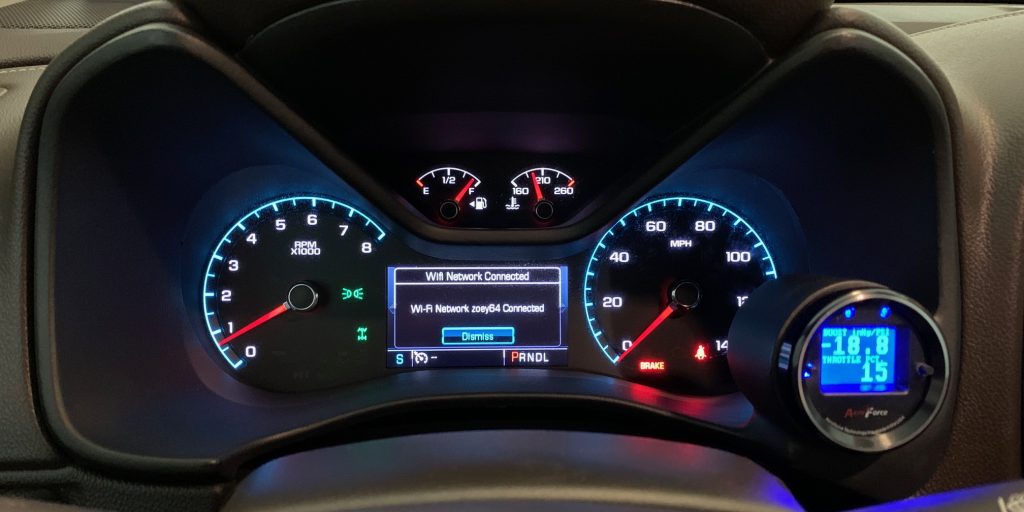
Tips for Installing Aftermarket Gauges
- Choose the perfect and convenient position for the gauge. It has to be visible to you without unnecessary movement of your head, so you can be focused on the road as always. It also has to be installed without blocking any sections of the road view.
Pillar pod for gauges is a good choice to resolve this matter. Your gauge set would be installed between the windshield and the driver’s door without obstructing the view. But other positions are also available to choose from. Gauge manufacturers tend to produce pillar pods too, so everything can be bought in one order.
- Do not purchase cheap gauge products. There is no way to know if they will provide you with accurate information. There is no difference between having a faulty gauge and not having it at all. So do not save on this modification.
- Install your new gauge in the car service. The installation has to be a careful process due to all the wirings and connections required for the proper work of the gauge. Leave it to professionals who will ensure the accuracy and great performance of the product installed.
